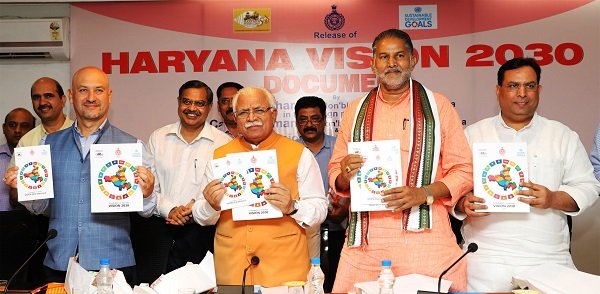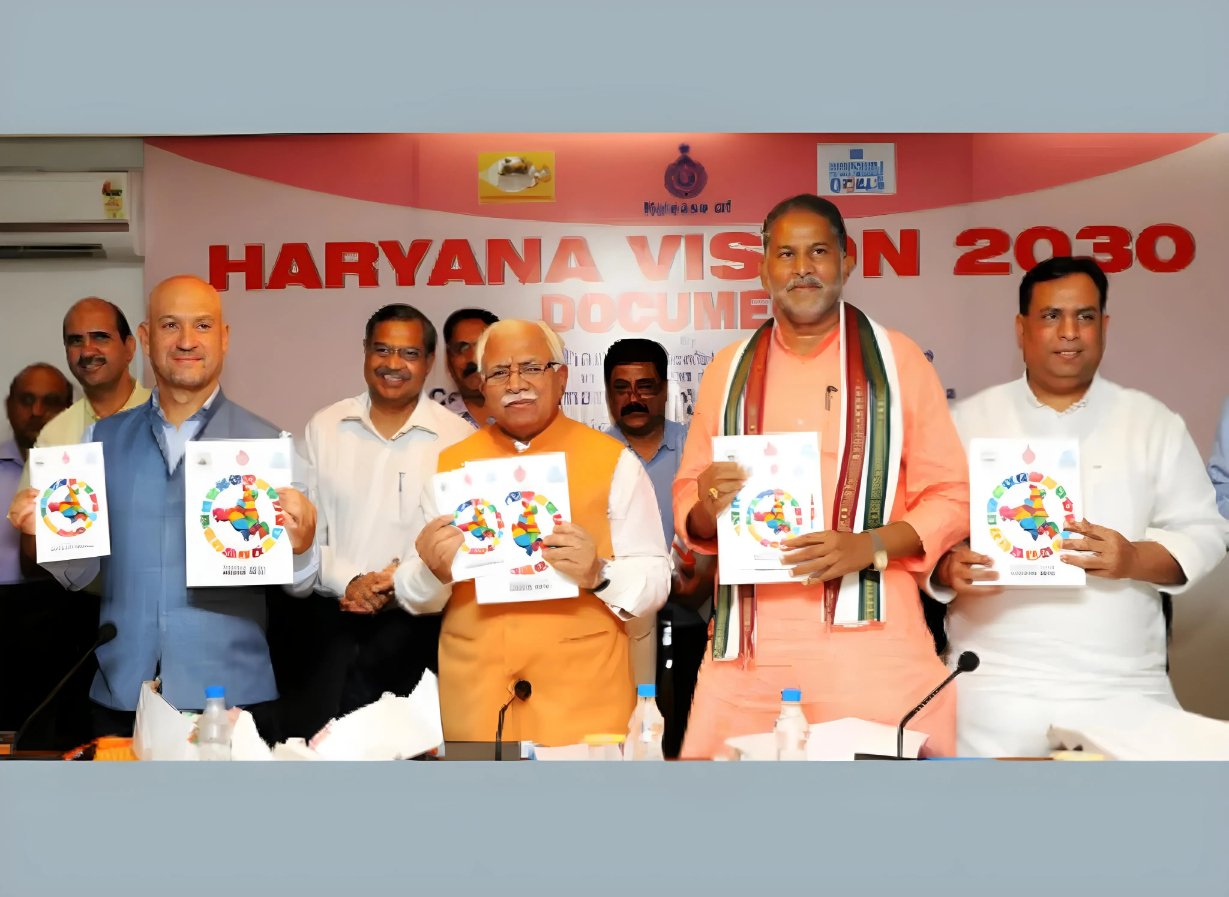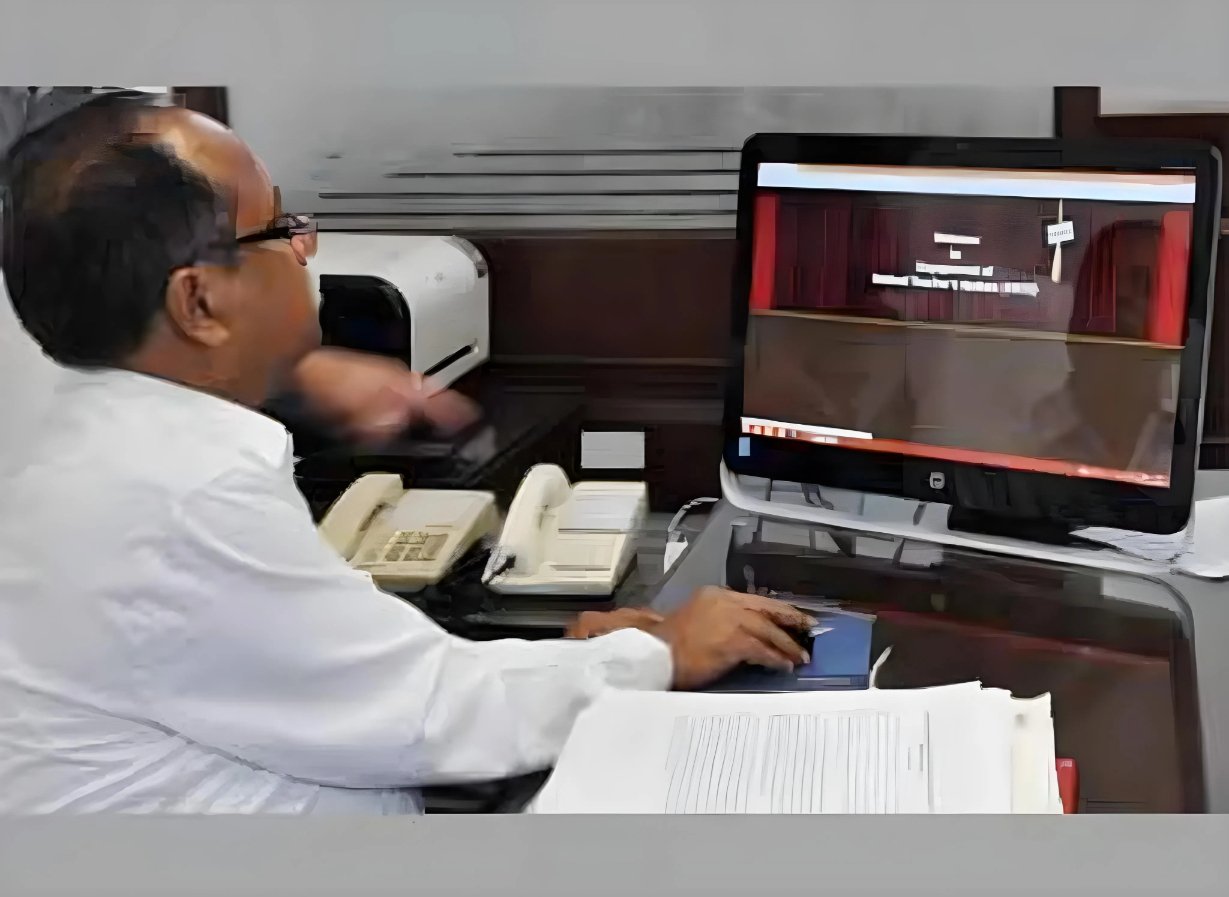How wonderful it would be if our chief ministers were statesmen, and a few of their senior ministers and senior bureaucrats visionaries. In that case vision documents would make more sense.
But in the prevailing circumstances when reliable and updated data, on the basis of which meaningful long term planning is possible, is sadly lacking, and due diligence is a far cry, the so called vision documents being churned out by various governments, largely remain confined to mere paper documents.

An official media statement issued on the occasion said: “Aiming at holistic development of the state, including economic, social and environmental, and ensuring peace, quality of life and prosperity of its people, the state government has released Haryana Vision 2030 document, setting for itself firm targets, and a clear roadmap on how to achieve them.”
The Vision Document 2030, among other things, envisages increasing the Gross State Domestic Product (GSDP) to 9.8 per cent, setting up an industrial cluster in each district, creating 18 lakh job opportunities for the youth, raising the strength of skilled manpower by five lakh and ensuring 24-hour power supply in the state.
The statement claimed that seven working groups formed by the state government held about 60 brainstorming sessions to give final shape to the vision document, which has drawn on guidance provided by NITI Aayog and support and assistance extended by UN bodies.
Advertisement

The vision document was released by Chief Minister Manohar Lal on Tuesday. Among others present were state Finance Minister Capt. Abhimanyu, state Education Minister Ram Bilas Sharma, United Nations Resident Coordinator Diego Palacios and state Chief Secretary D.S. Dhesi.
The Haryana Vision 2030 indicators have largely been divided into three categories – economic, environmental and social. The economic indicators focus on increasing the per capita income to Rs 8,34,351 and ensuring participation of 30 per women in the work force in the state.
The environmental indicators include waste and garbage collection and arrangement of hundred per cent toilets and sewerage, 20 e-waste and solid waste management plants, renewable energy contributing 14.5 per cent of the total energy, complete ban on stubble-burning, setting up of 400 climate-smart villages, and check on the depletion of water table.
Similarly, the social indictors include zero malnutrition among children, housing for all, bringing down the Maternal Mortality Rate to 70 per one lakh live births, Neo-natal Mortality Rate to 12 per 1,000 live births, and under-five Mortality Rate to 25 per 1000 live births.
Besides, the vision document aims at hundred per cent net enrolment ratio at pre-primary level in schools, 97 per cent at primary level, and 95 per cent at secondary level, and bringing down the drop-out rate. It also lays stress on reducing crime against women in the state.
The official statement also quotes the Chief Minister as saying “During the last over two-and-a-half-years tenure of the present state government, we have prepared a roadmap for the development of the state.” But he goes on to say that (now) the state government is in the process of preparing a State Resident Data Base (SRDB) to ensure that only eligible beneficiaries get the benefit of various welfare schemes. A survey would (now) be carried out soon to ensure that new schemes and programmes are prepared in keeping with the needs and requirements of the people.




